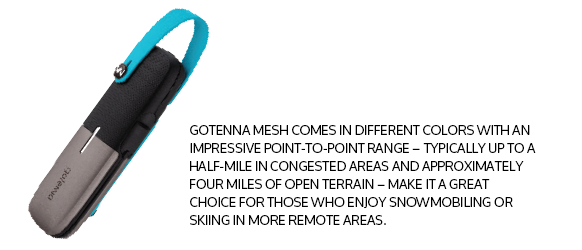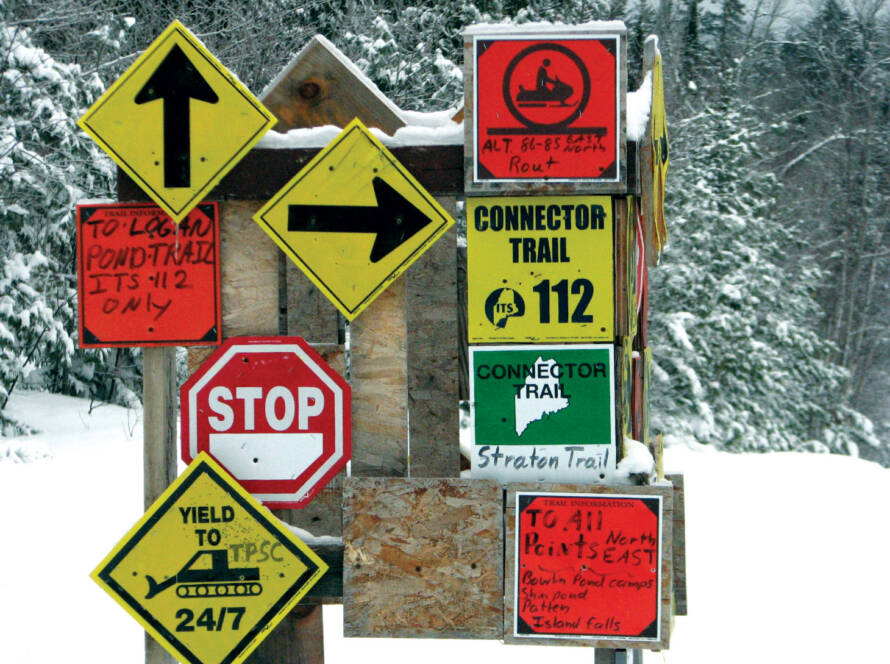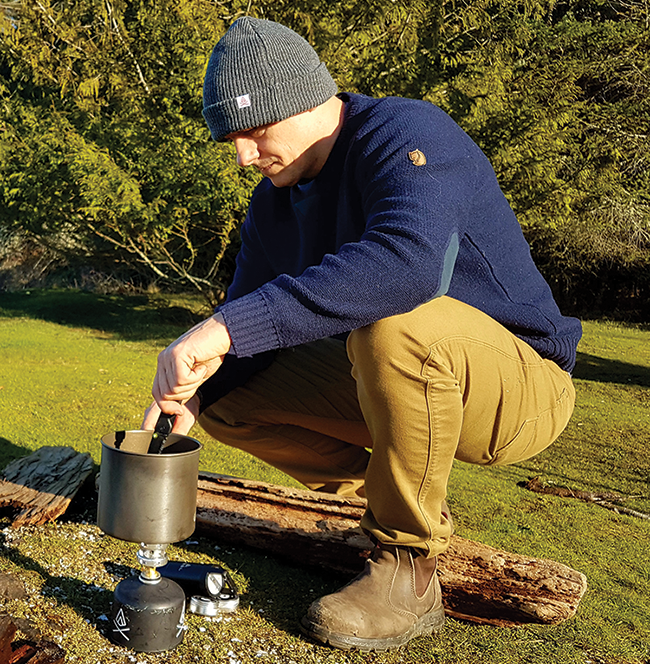The idea for goTenna first struck Daniela Perdomo In October 2012 after her experience of Hurricane Sandy, which had torn through the East Coast.
“A huge chunk of towers and power stations in a 10-state area were downed, rendering communication virtually impossible when millions of people needed it most,” said Perdomo, CEO and co-founder of goTenna, a Brooklyn, New York-based startup that designs and develops technologies for off-grid and decentralized communications.
goTenna devices pair with smartphones and – through intelligent mobile ad hoc networking protocols – enable users to send texts and share locations on a peer-to-peer basis, foregoing the need for centralized communications infrastructure of any kind.
“I remember thinking that our smartphones are amazing, we always have them with us and they can do so many things. But without a signal, they’re just really expensive calculators. What if we turned phones into mobile infrastructure and unlocked the ability to create peer-to-peer connectivity regardless of centralized connectivity?”
Hence, Perdomo and her brother, Jorge, immediately set to work on a prototype. By early 2013 they had a clunky – but functional – device that paired with a smartphone and using long-range radio-waves could transceive messages and locations without a cell, wi-fi or even satellites.
That first consumer product, goTenna, was fully commercialized by 2015. In 2017, the company shipped its second-generation device, goTenna Mesh, which added on mesh networking capability and powers the world’s only consumer-ready, long-range, mobile mesh network.
Unique technology
goTenna is unique in that it is the first and only company to bring the capability to form off-grid parallel communications networks to the consumer market. Perdomo says goTenna Mesh’s connectivity doesn’t rely on phone network coverage, wi-fi or even satellites. It works on an entirely peer-to-peer basis.
“goTenna Mesh pairs to iOS or Android smartphones via Bluetooth to then generate an independent, long-range radio network over long-range UHF frequencies with other Mesh devices, and allows users to send text messages and share GPS locations up to several miles apart,” she said.

“It offers a safe and secure way to communicate with other mesh users without the need for a typical mobile network infrastructure and has proven critical in crowded events and emergency response throughout the world.”
goTenna Mesh comes with an impressive point-to-point range – typically up to a half-mile in congested areas and approximately four miles in open terrain. Users need only two devices to create point-to-point connections, but with multiple devices connected, they can extend range by “hopping” messages from phone-to-phone or through strategically-placed devices that can serve as ‘relay nodes’ in a pop-up mesh network.
goTenna Mesh is so impressive that Popular Science magazine named it “Best of What’s New” in 2017 and was also awarded the “Wireless Accessory” and “Technology for a Better World” accolades at the Consumer Electronics Show.
When it comes to the snow industry, goTenna can be especially beneficial, particularly in ski areas that are often in remote areas where the location and terrain can make cell reception unavailable or unreliable. “goTenna Mesh devices enable skiers and mountain workers to stay in touch using their regular smartphone regardless of reception,” said Perdomo.
“In addition, all goTenna Mesh devices feature ‘Push for Help’ – a critical safety tool that affords everyday people an unmatched level of safety and security wherever cell signal and wi-fi can’t reach. Users simply tap the power button in a moment of distress on the goTenna device five times and it will broadcast the user’s precise GPS location, a pre-written message and critical information, such as blood type and medication allergies to all other devices within range.”
She adds that goTenna Mesh offers a safe and secure way to communicate with other Mesh users without the need for a typical mobile network infrastructure. “Users only need to purchase the device and download the free app to their smartphone! There is no cost for using goTenna Mesh to send messages and share locations.”
Those interested can purchase goTenna Mesh two-packs for $179, which are available from goTenna.com and Amazon.com.
Future plans
As for what’s next, this year the company launched its goTenna Pro platform. The system centers around the smallest, lightest and most agile tactical mesh-networking radio.
With single-hop range often measured in miles, goTenna Pro further redefines off-grid communications via multi-hop mesh networking protocols. It pairs to smartphones, and costs 20 to 40 times less what legacy mesh-capable tactical-grade system cost.
“It can extend the practical edge of incumbent systems’ networks – that proverbial critical ‘last mile’ – while also opening the mesh market to users who’ve been priced out,” said Perdomo. “We’ve seen great early adoption by wildland firefighters, search and rescue teams, special operations forces, business contingency teams and big-name technology integrators.”
The future does indeed look bright.

